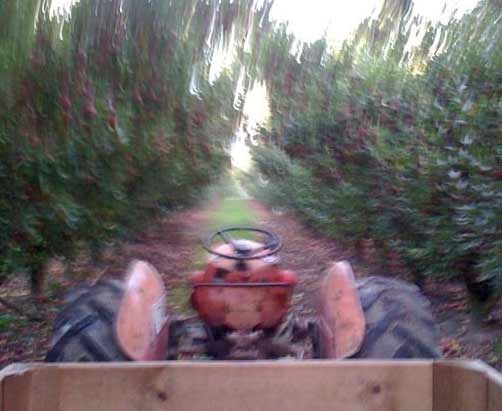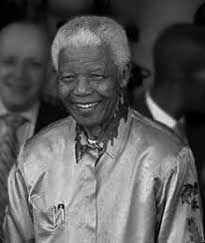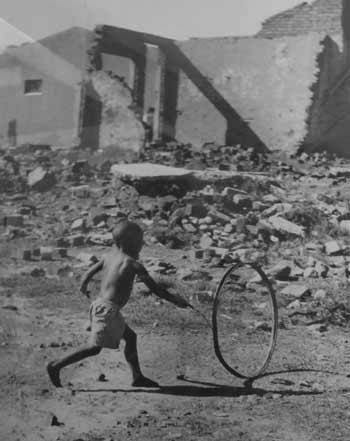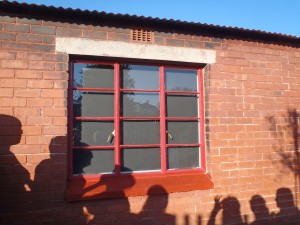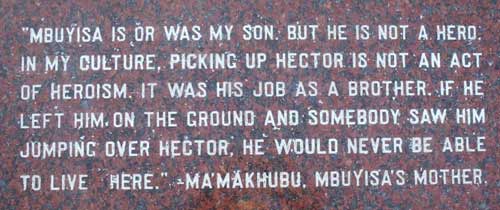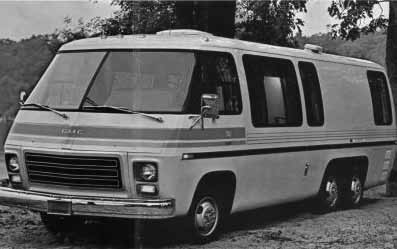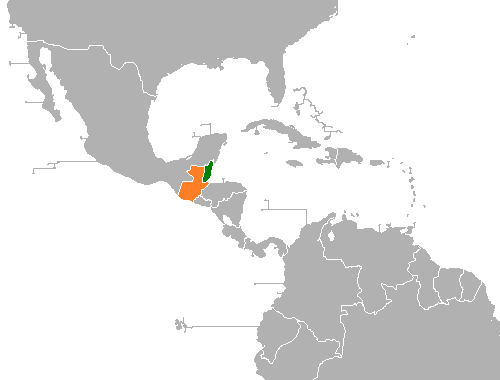Security for Dummies: Why the New Airline Rules Won’t Work Either

If you travel frequently, you already know that the US airline security screening doesn’t work. As someone (I assume) who is not trying to blow up aircraft, hijack planes or otherwise really screw up your travel itinerary (it’s hard enough to make your connecting flight without a band of hostages slowing you down), you’d think it would be more difficult to smuggle contraband through security screening. After all, you’re not trying to be tricky. You’re not spending months planning the perfect 007-style concealment. But it happens all the time. At least to me. I’m always forgetting an errant water bottle in my carry-on or some non-regulation sized toiletry and back when I smoked, I could always get at least one lighter through the X-ray machine.
So when I returned to Seattle from Hawaii to hear someone tried to blow up a plane with a bomb in his underpants, I groaned at the thought as to what this would mean for screening going forward. In fact, ACLU already beat me to the punch, writing a rather funny (perhaps dark) response to the idea of cavity searches for airline passengers. Of course no one has proposed this… yet. (Oops, unless you count this guy on Fox News).
The irony for me was that the same week as the Christmas bomber, I got on a United flight with a leatherman knife*. I had it loose in my bag, in a side pocket and it wasn’t concealed. It’s a nice knife, great for camping, and as it occurred to me later, perfectly capable of killing in the right hands. I went through screening and the knife was X-rayed but never discovered.
The screening process doesn’t work. Period.
(*This is the knife:)
To be fair, I’m not a terrorist. So I didn’t do anything with the knife (in fact I didn’t know about it until after we landed). But if we’re trading our privacy for increased security, shouldn’t it at least work?
There’s a saying at the TSA, “If it doesn’t work, keep adding more increasingly arbitrary restrictions…“ At least that appears to be the modus operandi as they recently announced a plan to pat down and search everyone traveling from a list of 14 countries. Did they release the full list? Nope. So basically, even as an American, you can be pulled aside for additional screening because you traveled somewhere that has terrorists. Let’s put this into perspective. Nigeria is on the list and has a population of 154 million. How many of these people are terrorists? 100? 1,000? And we’re going to screen everyone with a Nigerian passport (plus 13 other countries) and everyone who travels to that country?
It seems absurd because it is. It’s a knee-jerk reaction intended to reassure the masses and buy a little political time. No one can accuse the President of doing nothing.
On closer inspection though, this is a failed and failing strategy. First, it openly admits that our current screening processes doesn’t work. If it did, they wouldn’t have to add an additional level of security. Secondly, it does nothing to address the huge gaping holes in our current system. If the original screening doesn’t work, drop it or improve it. Thirdly, it will never end. When I fly somewhere in my flip flops and have to remove them (or else be automatically pulled aside for more screening as I was advised by one TSA agent), it’s easy to understand these are not the thinking man’s rules. Clearly there are no bombs in my little shoes. But what’s worse is that these temporary stop gaps become permanent and with each new attempt, a new silly rule created.
Shoes. Water Bottles. Toiletries. Countries on some semi-secret list.
Someone will swallow a bomb. Someone will stick a fuse up their butt. And General Electric will figure out a way to give thousands of passengers a swift rectal exam with their new CavitySearch Technology ™ and that will be it.
It’s not about safety anyway, it’s about the illusion of safety. The only way to become truly 100% safe is to stop flying. The only way to completely protect the US to is close our borders, build a huge fence and spy on our citizens. Open societies are not safe. And yet no one has blown up the New York subway or taken down a building using a private plane or driven a car bomb into some monument. There is a hysteria about flying that doesn’t match the reality. It’s the same irrational fear that makes people clench their armrests during take off, even though they were statistically more likely to die in the drive to the airport.
It’s fear-based governing. We’re better than this. TSA cost tax payers about $7.8 billion dollars per year. How many terrorists has the TSA detained…. Zero. Be smart people.

